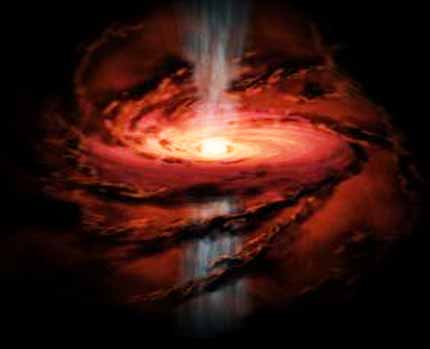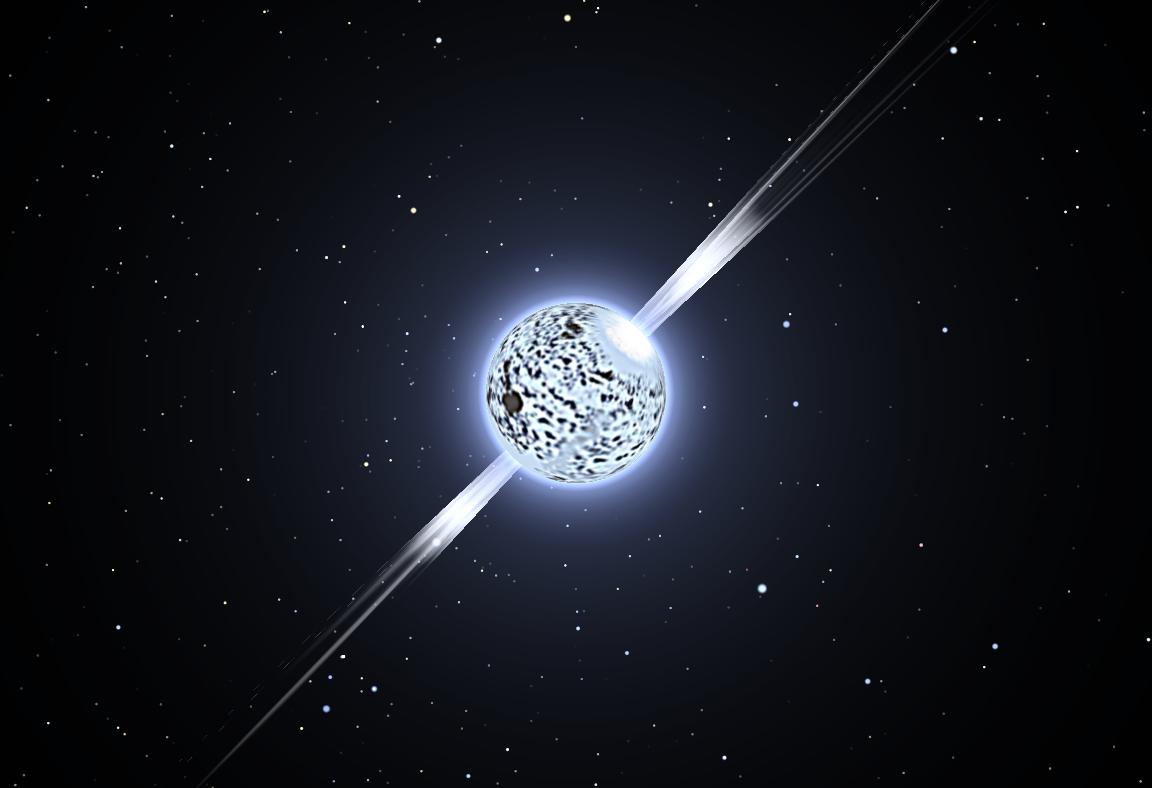- Joined
- Mar 8, 2017
- Messages
- 23
- Reaction score
- 11
As you all know, stars in Starmade only come in two classes; dwarfs and giants, and they don't really look that appealing. This thread should, if read by any developers, add some insight on more diversity in the stellar classification of Starmade.
Wish you all luck.
(Side note: Thanks for the 200+ views!)
Main Sequence
The "Main Sequence" is a group that classifies most types of stars, and organizes them into seven main classes; M, K, G, F, A, B, and O, from coldest to hottest.

For reference, our star Sol is a G dwarf.
Stars could also be classified by size, with small dwarfs to enormous supergiants and hypergiants, and the stellar classification could determine what planets could spawn, what asteroids could spawn, in which ranges they spawn, and how much of each spawn.
Protostars
A protostar is a stellar embryo; a swirling cauldron of hydrogen and helium that struggles to sustain nuclear fusion. If fusion sparks, the star ignites and is born.

The star would behave like a small dwarf star, but would be surrounded by at least a hundred times more asteroids than any normal star, and could also have a protoplanetary disk be generated like in the image above.
Stellar Remnants
After a star dies, what remains depends on how massive the star originally was at birth. About 70% of all stars are red dwarfs, but their lives are measured in trillions of years, so they are disqualified from this list, which leaves yellow, white, and blue stars. Yellow stars die when their cores run out of hydrogen to fuse, and they start to implode, which increases their core's temperature exponentially. When their cores become hot enough to fuse helium into carbon and oxygen, the star's outer layers are catapulted into space, engulfing any unfortunate planets nearby, and leaving behind a planetary nebula.
Brown Dwarfs
Some stars have the unfortunate fate of dying before they are even born. If a protostar is not massive enough to sustain nuclear fusion, the star suffers a slow, steady death, in the form of a brown dwarf.

Brown dwarfs are too massive to be classified to be a planet, but not massive or hot enough to be a star. They could be rendered in the same way as a gas giant, except that they possess a heat radius like a star, in which if a player strays too close it will be vaporized. Brown dwarfs could be orbited by asteroids and planets, but all of which would be frozen, as brown dwarfs do not provide enough heat to warm them up.
Carbon Stars
Most sunlike stars contain more oxygen in their atmosphere than carbon, which renders them yellow. And even when they die they contain more oxygen than carbon. But some stars, called carbon stars, are a branch of giant stars that have carbon as their atmosphere's dominant element, rendering them a crimson red color.

They may prove to have no real purpose other than to be a cool kind of star. :L
I hope that this forum was useful to any developers hoping to expand their horizons in stellar generation and classification, and I am excited to see if any of these stars may make it into a future update, or even a mod to Starmade.The "Main Sequence" is a group that classifies most types of stars, and organizes them into seven main classes; M, K, G, F, A, B, and O, from coldest to hottest.

For reference, our star Sol is a G dwarf.
Stars could also be classified by size, with small dwarfs to enormous supergiants and hypergiants, and the stellar classification could determine what planets could spawn, what asteroids could spawn, in which ranges they spawn, and how much of each spawn.
Protostars
A protostar is a stellar embryo; a swirling cauldron of hydrogen and helium that struggles to sustain nuclear fusion. If fusion sparks, the star ignites and is born.

The star would behave like a small dwarf star, but would be surrounded by at least a hundred times more asteroids than any normal star, and could also have a protoplanetary disk be generated like in the image above.
Stellar Remnants
After a star dies, what remains depends on how massive the star originally was at birth. About 70% of all stars are red dwarfs, but their lives are measured in trillions of years, so they are disqualified from this list, which leaves yellow, white, and blue stars. Yellow stars die when their cores run out of hydrogen to fuse, and they start to implode, which increases their core's temperature exponentially. When their cores become hot enough to fuse helium into carbon and oxygen, the star's outer layers are catapulted into space, engulfing any unfortunate planets nearby, and leaving behind a planetary nebula.
White Dwarf
After the death of a yellow star, the core is left mainly out of degenerate carbon and oxygen, resulting in a small, planet-sized star called a white dwarf. They are small but unbelievably dense and hot, yet they are extremely dim.

Sometimes, however, a large star may stray close enough to the tiny ember of a star, and the giant would shed some of its stellar matter onto the white dwarf, resulting in an exotic binary system called a nova. But this is not a permanent system, as eventually the white dwarf grows unstable and explodes in a stellar cataclysm called a supernova.

White dwarfs could be surrounded by debris left over by previously destroyed planets, as well as some asteroids containing rare minerals, but the star's heat radius could be large, which would result in a very perilous journey to attempt to find precious elements.
Neutron Stars
When a white star runs out of hydrogen to fuse, its core begins to go into overdrive, fusing heavier and heavier elements in a dire act to stay alive. Meanwhile, the star continues to expand and grow, transforming into a red supergiant star. When the star's core produces iron, however, the star only has seconds left to live, as iron is a death sentence for stars. Unlike the previous elements the star has fused, iron produces no energy; it just absorbs it. This causes the core to rapidly implode, causing a shockwave to rip through and blow the star apart in a supernova explosion. What's left behind is a miniscule star called a neutron star.

Neutron stars are extremely dense, hot, magnetic objects that are only as large as a city. They are made of hyper-compressed iron ions and neutrons, and produce insanely powerful magnetic fields that are concentrated in two powerful jets of radiation. Any planets nearby that would have formed after the calamity of the supernova would be cold, irradiated worlds. However, any planets or asteroids orbiting the pulsar could, like any orbiting white dwarfs, contain valuable minerals that could be used for profit or processing.
Black Holes
When the largest stars of all go supernova, the pressure is strong enough to overcome any other force the star's core could ever produce, and the core implodes completely. After the supernova, what's left of the star collapses into a point of infinite gravity; a black hole.

Black holes are the most dangerous objects known to science. Their gravity well is so overwhelming that anything that strays too close, even light itself, is sucked into oblivion. Most black holes, after forming, are surrounded by a large disk of incinerated matter that was left behind from the supernova, but after the black hole devours it the monster is almost completely invisible.
Should any of these stellar remnants be implemented, they would most definitely be the sources of very precious minerals, but pose very large threats to any unprepared pioneers.After the death of a yellow star, the core is left mainly out of degenerate carbon and oxygen, resulting in a small, planet-sized star called a white dwarf. They are small but unbelievably dense and hot, yet they are extremely dim.

Sometimes, however, a large star may stray close enough to the tiny ember of a star, and the giant would shed some of its stellar matter onto the white dwarf, resulting in an exotic binary system called a nova. But this is not a permanent system, as eventually the white dwarf grows unstable and explodes in a stellar cataclysm called a supernova.

White dwarfs could be surrounded by debris left over by previously destroyed planets, as well as some asteroids containing rare minerals, but the star's heat radius could be large, which would result in a very perilous journey to attempt to find precious elements.
Neutron Stars
When a white star runs out of hydrogen to fuse, its core begins to go into overdrive, fusing heavier and heavier elements in a dire act to stay alive. Meanwhile, the star continues to expand and grow, transforming into a red supergiant star. When the star's core produces iron, however, the star only has seconds left to live, as iron is a death sentence for stars. Unlike the previous elements the star has fused, iron produces no energy; it just absorbs it. This causes the core to rapidly implode, causing a shockwave to rip through and blow the star apart in a supernova explosion. What's left behind is a miniscule star called a neutron star.

Neutron stars are extremely dense, hot, magnetic objects that are only as large as a city. They are made of hyper-compressed iron ions and neutrons, and produce insanely powerful magnetic fields that are concentrated in two powerful jets of radiation. Any planets nearby that would have formed after the calamity of the supernova would be cold, irradiated worlds. However, any planets or asteroids orbiting the pulsar could, like any orbiting white dwarfs, contain valuable minerals that could be used for profit or processing.
Black Holes
When the largest stars of all go supernova, the pressure is strong enough to overcome any other force the star's core could ever produce, and the core implodes completely. After the supernova, what's left of the star collapses into a point of infinite gravity; a black hole.
Black holes are the most dangerous objects known to science. Their gravity well is so overwhelming that anything that strays too close, even light itself, is sucked into oblivion. Most black holes, after forming, are surrounded by a large disk of incinerated matter that was left behind from the supernova, but after the black hole devours it the monster is almost completely invisible.
Brown Dwarfs
Some stars have the unfortunate fate of dying before they are even born. If a protostar is not massive enough to sustain nuclear fusion, the star suffers a slow, steady death, in the form of a brown dwarf.

Brown dwarfs are too massive to be classified to be a planet, but not massive or hot enough to be a star. They could be rendered in the same way as a gas giant, except that they possess a heat radius like a star, in which if a player strays too close it will be vaporized. Brown dwarfs could be orbited by asteroids and planets, but all of which would be frozen, as brown dwarfs do not provide enough heat to warm them up.
Carbon Stars
Most sunlike stars contain more oxygen in their atmosphere than carbon, which renders them yellow. And even when they die they contain more oxygen than carbon. But some stars, called carbon stars, are a branch of giant stars that have carbon as their atmosphere's dominant element, rendering them a crimson red color.

They may prove to have no real purpose other than to be a cool kind of star. :L
Wish you all luck.
(Side note: Thanks for the 200+ views!)
Last edited:















